Many aesthetic themes represent designers’ attempts to replicate natural organic structures in man-made materials. Bone Lines have been used heavily in Automotive design to bring tension and structure to a car’s sheet metal skin. Ideally, these subtle fading ridges that flow along a surface are actually caused by an underlying frame, the way your cheekbones or collarbones impact the overlaying skin. However, more typically than not, they are simply molded, external, ornamental features that, while creating dynamic surfacing elements, do not reflect any underlying structure. BMW’s Gina concept car was the first to challenge this, using an elastic fabric skin to create Bone Lines over actual structural framework. Eventually, this surfacing technique migrated into Product design (I remember as a young designer at BMW’s Designworks studio putting these Bone Lines on just about everything: vacuums, cell phones, you name it…Flame Surfacing, too). In the product realm, where smaller forms don’t have the luxury of long wash-out surfaces, they have also been interpreted as more sharp-edged, localized features. These have a more aggressive and bold expression than the softer, more refined sculpting possible on large automotive bodies. While still going strong in the Automotive category, Bone Lines have limited adoption in other disciplines, which are currently heavily weighted towards clean, geometric, rational, non-organic surfaces.


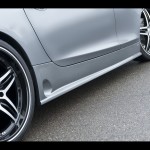



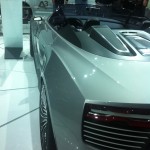
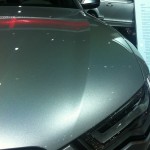

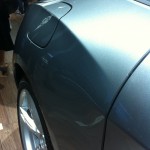
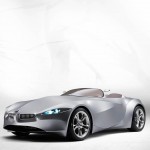
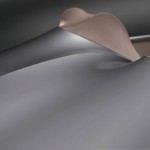



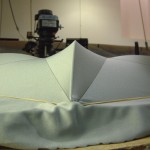





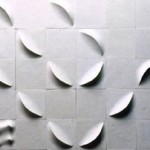


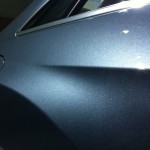

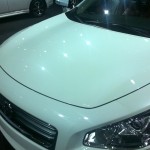
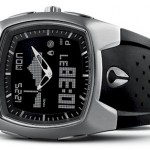
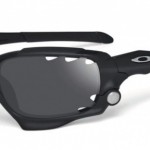




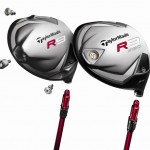
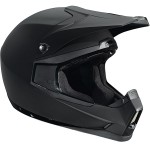
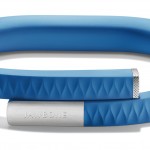
Wow tying in GaGa and cars…so cool